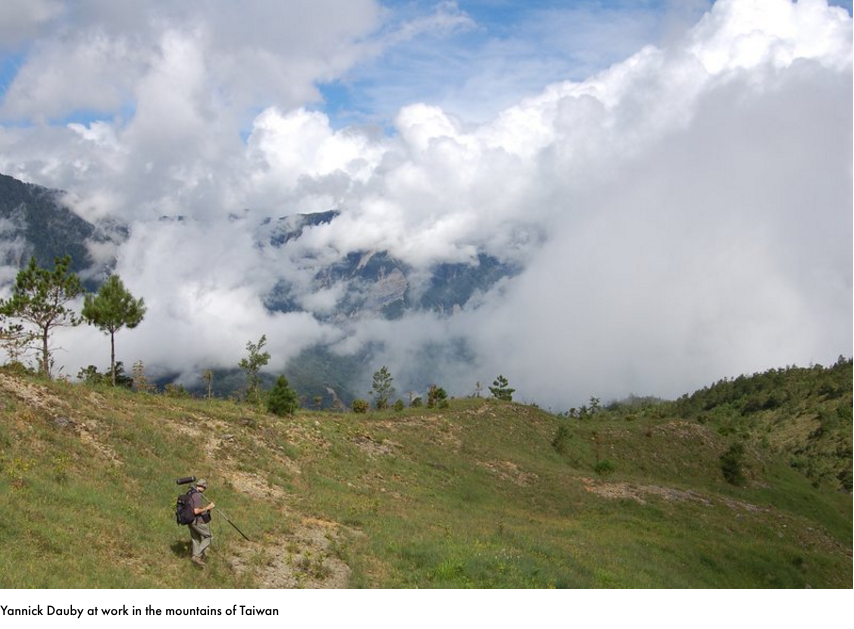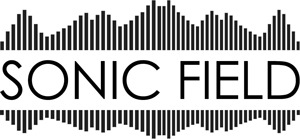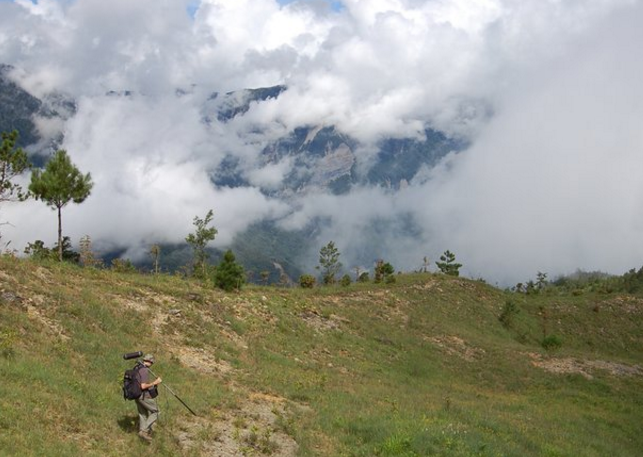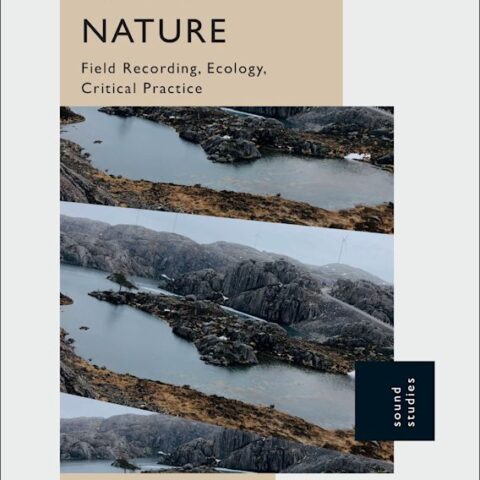 Ableton has published an interesting introduction to the art of field recording, focusing specially on its use as an art form, exploring some concepts, sharing some sounds and chatting with two well-known artists dedicated to the art of phonography, Chris Watson and Yannick Dauby.
Ableton has published an interesting introduction to the art of field recording, focusing specially on its use as an art form, exploring some concepts, sharing some sounds and chatting with two well-known artists dedicated to the art of phonography, Chris Watson and Yannick Dauby.
“One of the underlying themes of the Loop event in Berlin last November was to examine some of the many ways producers relate to sound in their environment – whether it was Holly Herndon’s internet-inspired digital utopia, Matthew Herbert’s discussion around his musical manifesto or AGF’s workshop on field recording.
In its broadest sense, ‘field recording’ refers to the process of capturing sound outside the controlled confines of a studio. Within that definition however, a world of differing processes, theoretical approaches and outcomes are found. From Pierre Schaeffer and the Musique Concrète movement of the 1940s, through to the representation of ‘exotic’ ethnomusicological recordings, environmental documentaries, and the presentation of natural soundscapes as music – the term covers a lot of ground and has generated its fair share of debate. What ties these elements together is a sense that there are different ways to listen to our world, and that listening involves numerous aesthetic, political and social considerations.
Field recording today is growing in popularity, both from audiences seeking more diverse listening experiences and by artists looking for environmental sources as compositional tools. Affordable music technology has made the recording process more accessible and the results infinitely manipulatable – it’s easy to see why the approach can be found across a wide spectrum of electronic and pop music. As a process and a practice, field recording crosses over into natural history, eco-activism, and zoomusicology – the study of non-human music and the subject of a fascinating recent book and CD. In this article we touch upon some of these elements and chat to Chris Watson and Yannick Dauby, two of the leading artists in the field.”





